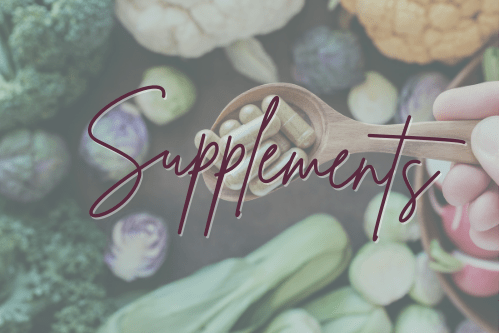People often seek help in losing weight after trying a variety of weight loss approaches…calorie restriction, high workout days, low-fat and low-carbohydrate diets, vegetarianism, juice fasts, smoothie-only days, skipping meals. The story is the same. Men and women alike give it their best shot, stay committed, and follow “the plan” yet find that the approaches don’t work. Frustration mounts when their efforts don’t give them the results they want, and they realize the efforts are not sustainable. More often than not, these approaches lead to mid-day hunger, cravings, low energy, fatigue, poor sleep, brain fog, and worst of all, the opposite of their goal…weight gain.
Depending on a client’s eating habits and food preferences, I often recommend eating more rather than less food. Imagine the looks I get! How can consuming more food lead to weight loss? Doesn’t that go against a basic law of physics?
The answer is in the types of foods you put on your plate. My nutrition practice is based on whole, nutrient-dense foods that truly nourish the body…and soul. The principle is simple…add more of the good stuff, in a balance that is right for you, and you will feel more satisfied, have more energy, and experience fewer cravings.
When coaching clients, I share one of simplicity-blogger Leo Babauta’s fundamental strategies for health…eat a “crapton” of vegetables each day. A crapton is just what it sounds like…it’s a lot! That doesn’t mean eating only vegetables. You need fat and protein, too. Paired with the right kind of fat, whole grains in moderation, and clean protein (animal and plant-based), vegetables should make up the majority of food on your plate. What does that mean? Filling half your plate with vegetables is good. Two-thirds is better. Three-quarters is better still.
Vegetables are superfoods. They contain essential vitamins and minerals, phytonutrients, and critical health factors such as synergistic enzymes, flavors, fiber, and energetic properties. While green vegetables are top on the list for their super-ness (broccoli, spinach, kale, collards, beet greens), eating a variety of colors is important, too (red, yellow, orange, purple, even white).
What does color do for you?
Red vegetables are rich in lycopene and anthocyanins. These antioxidants stimulate the immune system, support heart health and memory function, protect cells from damage, and have been associated with reduced risk of some cancers, especially prostate cancer.
- Beets
- Radicchio
- Radishes
- Red bell peppers
- Red onions
- Red potatoes
- Tomatoes
Yellow and orange vegetables are rich in alpha- and beta-carotene, beta-cryptoxanthin, and vitamin C. Their anti-inflammatory properties help regulate blood sugar and blood pressure, support eye health, and promote immune function and healthy skin.
- Carrots
- Corn
- Golden beets
- Orange and yellow peppers
- Pumpkin
- Rutabaga
- Sweet potatoes
- Winter and summer squash
- Yellow tomatoes
Purple vegetables contain anthocyanins and flavonoids, which are strong anti-inflammatory agents. They support heart health, protect cells from damage, aid memory function, promote healthy aging, and have been associated with lowering blood pressure.
- Eggplant
- Purple cabbage
- Purple carrots
- Purple potatoes
White vegetables are colored by anthoxanthins and contain health-promoting allicin. Combined with vital nutrients such as potassium, magnesium, sulfur, quercetin, and vitamins, this group of vegetables contains powerful antioxidants and is anti-inflammatory, immune-supportive, and heart-healthy.
- Cauliflower
- Garlic
- Mushrooms
- Onions
- Parsnips
- Potatoes
- Turnips
As we move into the holiday season when food temptations abound and thoughts of weight gain can be stressful, take control by preparing your body and mind ahead of time. Today, commit to adding more vegetables and color to your meals. Start small and increase over time. Having a strong base of colorful vegetables with clean protein and healthful fat will give you the much-needed nutrients, fuel, and satisfaction you need to navigate just about any food encounter you face.
What color will you choose today?
Here’s to your health and vitality!





